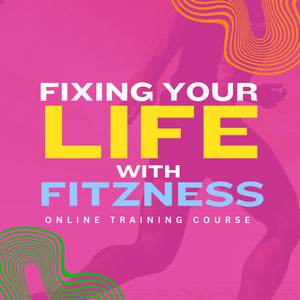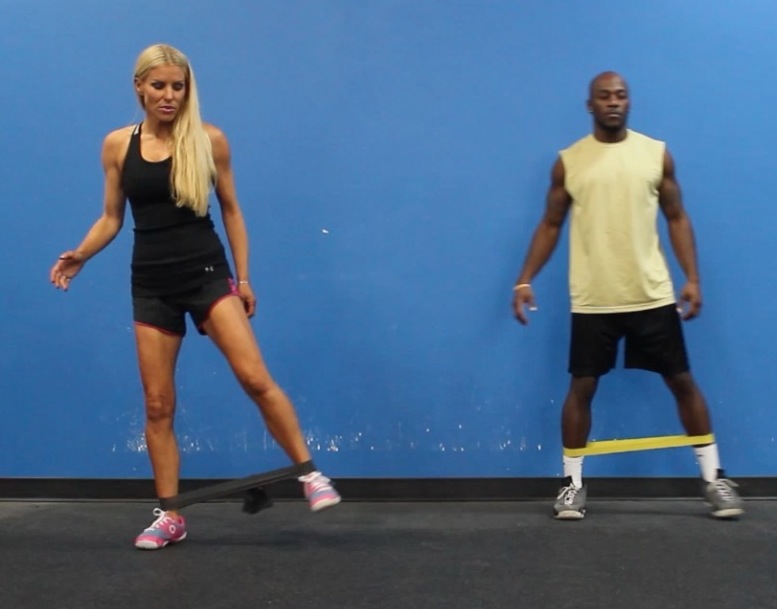Yoga has been practiced for centuries, offering more than just physical benefits—it can also be a powerful tool for improving rest. Known for strengthening, lengthening, and stretching tight muscles, yoga helps promote relaxation, making it an excellent choice for those seeking better sleep.
Start Safely
While yoga is known for relaxation, it’s important to approach it carefully, just like any other form of exercise. If you’re new to it, consider taking a beginner-friendly class to understand the basics. If your goal is better sleep, inform your instructor so they can tailor a routine to help you relax and rest deeply.
Poses for Restful Sleep
Certain yoga poses are especially effective for improving sleep. Consider adding these five to your routine:
- Corpse Pose – Encourages deep relaxation and calm.
- Legs Up the Wall – Reduces tension and promotes circulation.
- Plow Pose – Soothes stress and calms the nervous system.
- Child’s Pose – Relieves back tension and promotes comfort.
- Forward Bend – Releases tightness in the back and legs.
Incorporate other gentle poses to keep your routine varied. Yin Yoga, with its long-held postures, is ideal for helping your body fully unwind and rest.
Create a Relaxing Environment for Rest
The environment where you practice plays a significant role in its effectiveness. Harsh lights and noise can hinder relaxation, so aim to create a calming space. Soft lighting, a comfortable temperature, and quiet surroundings will set the stage for a peaceful transition from your practice to sleep. If creating this atmosphere at home is difficult, consider attending a class in a studio for a more immersive experience.
Set an Intention
Yoga isn’t just physical—it’s also a mental and emotional practice. Before you start, take a moment to set an intention for your rest. Whether it’s focusing on reducing stress, breaking negative habits, or simply committing to a restful night, this step can help shift your mindset toward better sleep.
Yoga Gear for Comfort
While yoga doesn’t require much equipment, having the right tools can make a big difference:
- Bolster – Adds comfort and support for relaxing poses.
- Quality Yoga Mat – Cushions your body and protects joints.
- Blocks – Helpful for modifying poses, though they’re better suited for active sessions than a bedtime routine.
For a relaxing pre-bed routine, focus on soft, supportive gear that encourages ease and comfort.
Prioritize Your Rest
Improved sleep comes from consistent habits and routines. By adding yoga to your evenings, you’ll signal to your body that it’s time to relax. Experiment with these tips, explore different poses, and see what helps you wind down best. We’d love to hear how your practice evolves as your rest improves.






